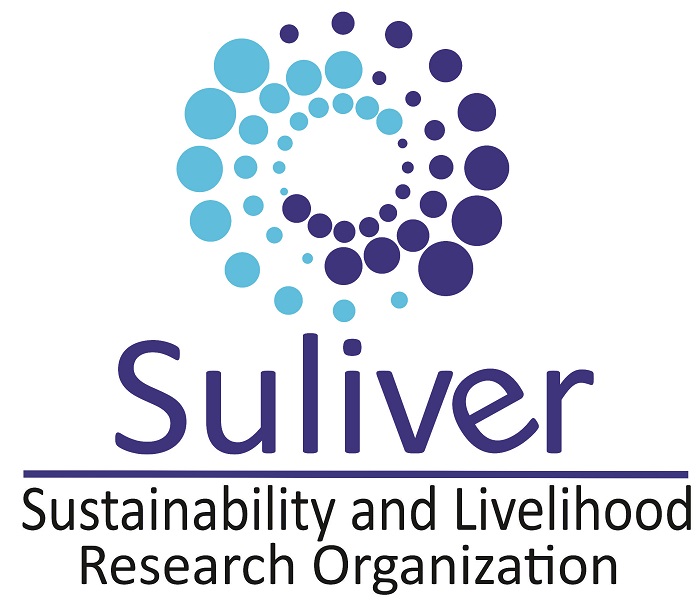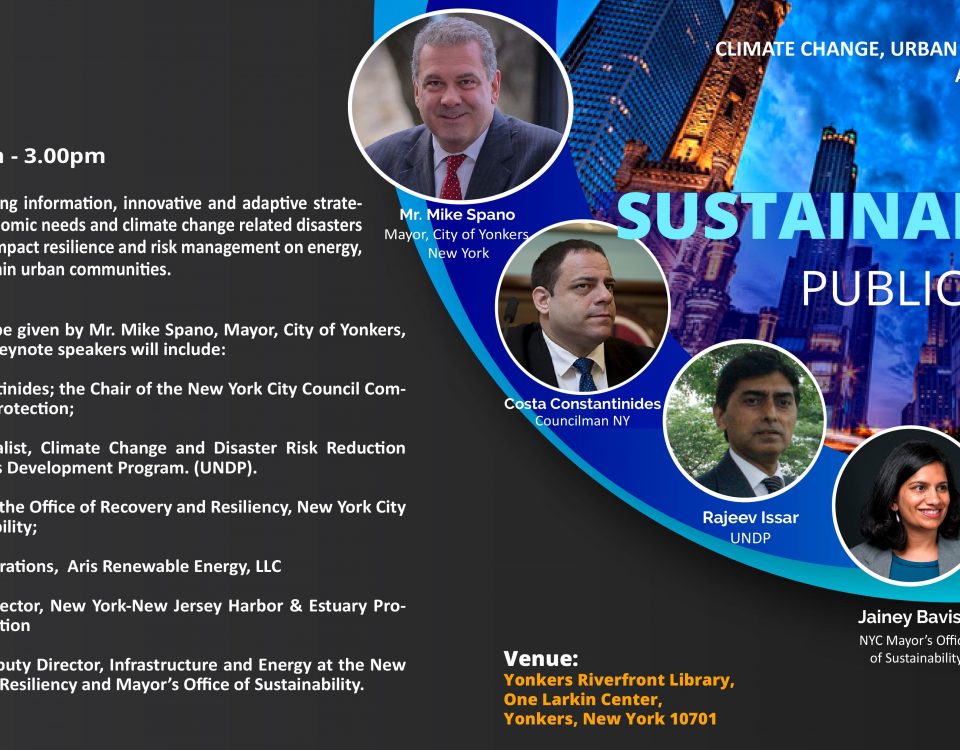
America’s Unsustainable Healthcare System
March 4, 2019
Webinar on Food Waste & Sustainability
April 8, 2019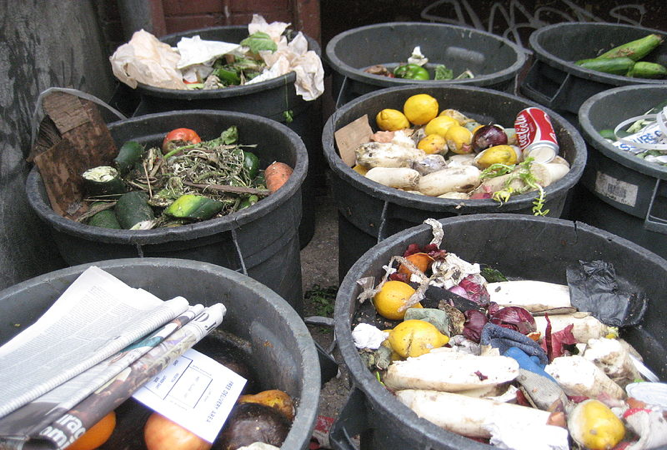
Adverse Effects of American Food Waste
When talking about sustainability, we often talk about transportation, energy, consumerism, and recycling. But food waste, especially in the United States, takes a huge environmental toll. According to the U.N. Food and Agriculture Organization, Americans as a whole waste 40% of food and the average American wastes about a pound of food per day. Food waste not only means wasting calories that people could consume – increasingly important as climate change threatens food security – but it also severely impacts the environment.
A 2018 study published in PLOS ONE journal reports that uneaten food means 30 million acres of land and 4.2 trillion gallons of water are wasted each year. Rotting food, the largest component of landfills, produces methane gas, which is a stronger greenhouse gas than carbon dioxide. The Natural Resource Defense Council (NRCD) helps put these large and sometimes abstract numbers into perspective, pointing out that greenhouse emissions from food waste are “equivalent to the output of 37 million passenger vehicles each year.”
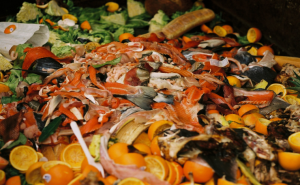
According to The Guardian, food loss occurs at every level, from farms to grocery stores to consumers. Especially in the United States, food is often wasted due to cultural expectations surrounding food. Americans expect the food to be visually perfect and blemish free. Food that does not meet these cosmetic standards is often left in farms or discarded by grocery stores, with the idea that consumers will not purchase imperfect produce. Furthermore, at the consumer level, 50% of food is wasted. Pete Wells, in The Times, writes about “camera cuisine,” or food that prioritizes appearance. The idea that food needs to be picture-perfect could be a contributing factor to food waste, especially in Western countries focused on social media.
Other reasons why food waste is so specifically prevalent in the US is that food is cheaper and Americans are accustomed to large portions of food and leaving uneaten food on their plates. People also commonly throw out food because of confusion about best-by date labels. Many people believe these foods must be thrown out past these dates for safety, while in reality, they are only suggestions for best quality. One policy initiative to cut food waste includes a policy to standardize date labels and limit restrictions to donating food past its sell-by date. This initiative follows America’s food waste reduction goal, set in 2015, with the goal to reduce food waste by 2030.
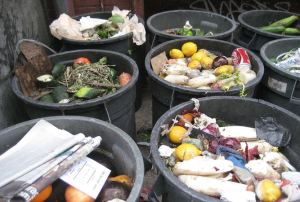 Ways for individuals to reduce waste include meal planning, freezing and composting. Food planning means buying food with a purpose and buying produce frequently so less food is wasted. Freezing is a good way to preserve food by buying frozen products as well as freezing fresh or cooked foods. Freezing can also go in tandem with meal planning. Cooking and freezing food not only reduces waste but can also save money and time and encourage healthier eating. Reducing food waste is both better for the environment and your wallet – the average American household spends $120 on uneaten food each month, or $1440 a year. Finally, composting food and food scraps has many positive environmental benefits, including reducing landfill waste and adding nutrients back into the soil. And, when done correctly, aerobic composting does not smell bad.
Ways for individuals to reduce waste include meal planning, freezing and composting. Food planning means buying food with a purpose and buying produce frequently so less food is wasted. Freezing is a good way to preserve food by buying frozen products as well as freezing fresh or cooked foods. Freezing can also go in tandem with meal planning. Cooking and freezing food not only reduces waste but can also save money and time and encourage healthier eating. Reducing food waste is both better for the environment and your wallet – the average American household spends $120 on uneaten food each month, or $1440 a year. Finally, composting food and food scraps has many positive environmental benefits, including reducing landfill waste and adding nutrients back into the soil. And, when done correctly, aerobic composting does not smell bad.
